As climate change swiftly increases, the Petermann Glaciers of Greenland are melting faster than ever. This doesn’t pose problems just for Greenland and surrounding areas but for the whole world.
Research just completed in this area is the first large-scale observation. Unfortunately, the scientists have found that melting is happening much more rapidly than they first predicted. The subsequent rising of sea levels can mean a lot of problems can occur.
What Was the Study?
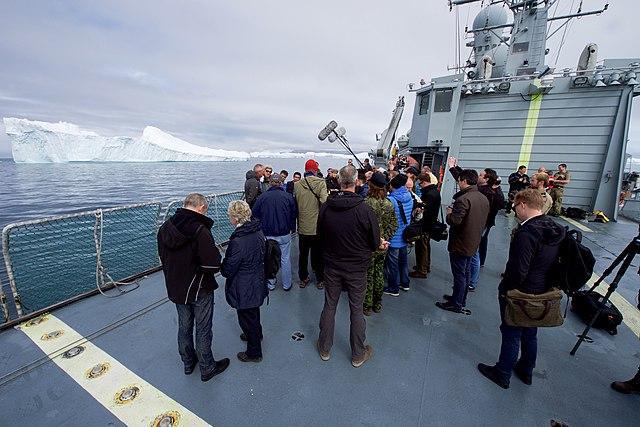
The researchers were able to use satellite data to investigate the glacier.
The study proved that the melt rate has increased by 23 feet per year since the 1990s. They also discovered around 460 feet of thinning ice occurred between 2000 to 2020. Senior co-author of the research, Eric Rignot, states, “Glaciers melt much faster in the ocean than assumed previously.”
How Concerning Is the New Research?
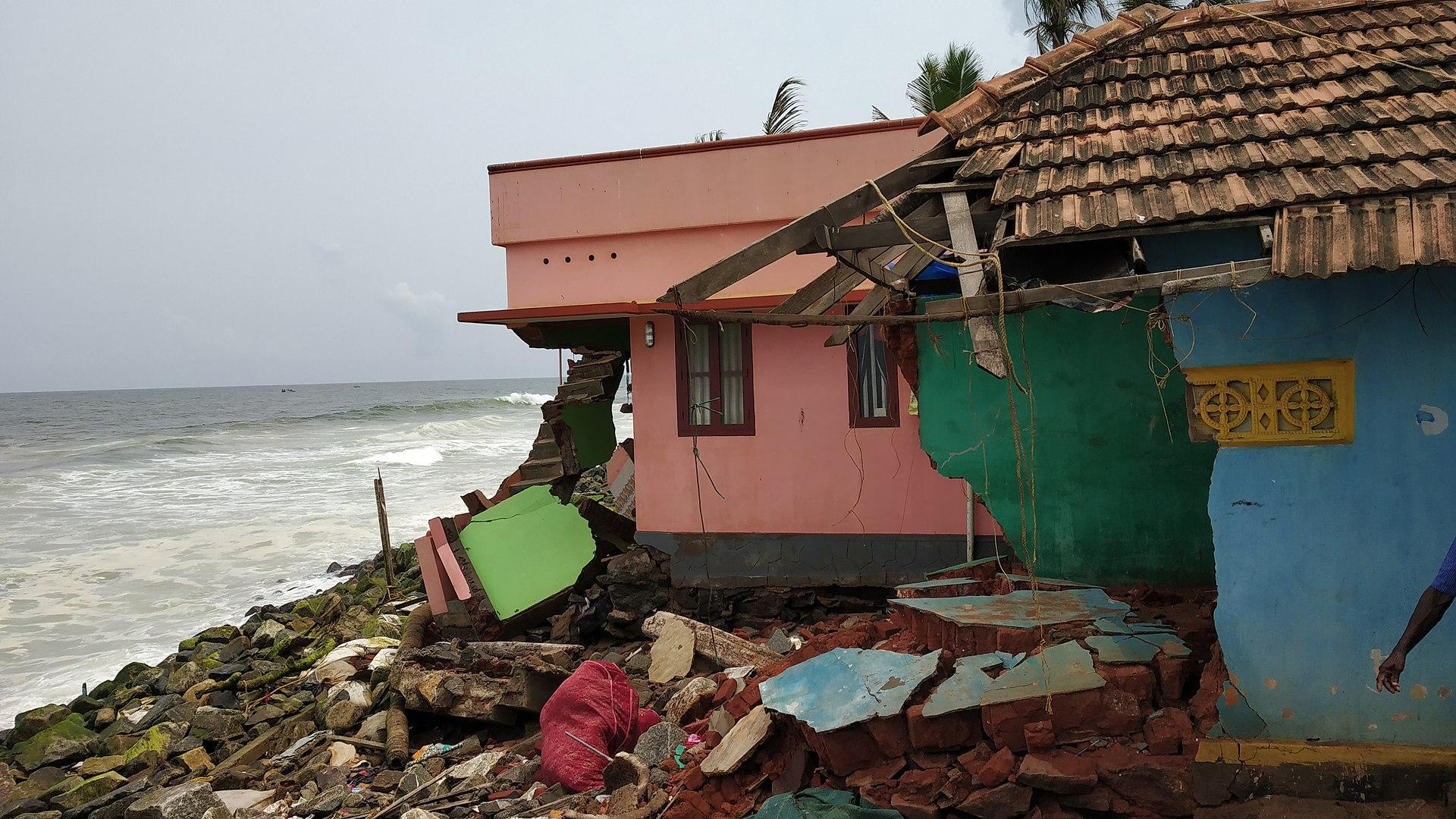
From floods to erosion of coastal areas, there are many reasons to be concerned about the melting glaciers.
Anyone who owns or lives on a property on a waterfront should be very concerned. These properties are now at risk. Coastal erosion also affects the prices of these properties. This makes it even more difficult for anyone trying to sell their home and live somewhere safer.
What Is a Glacier?
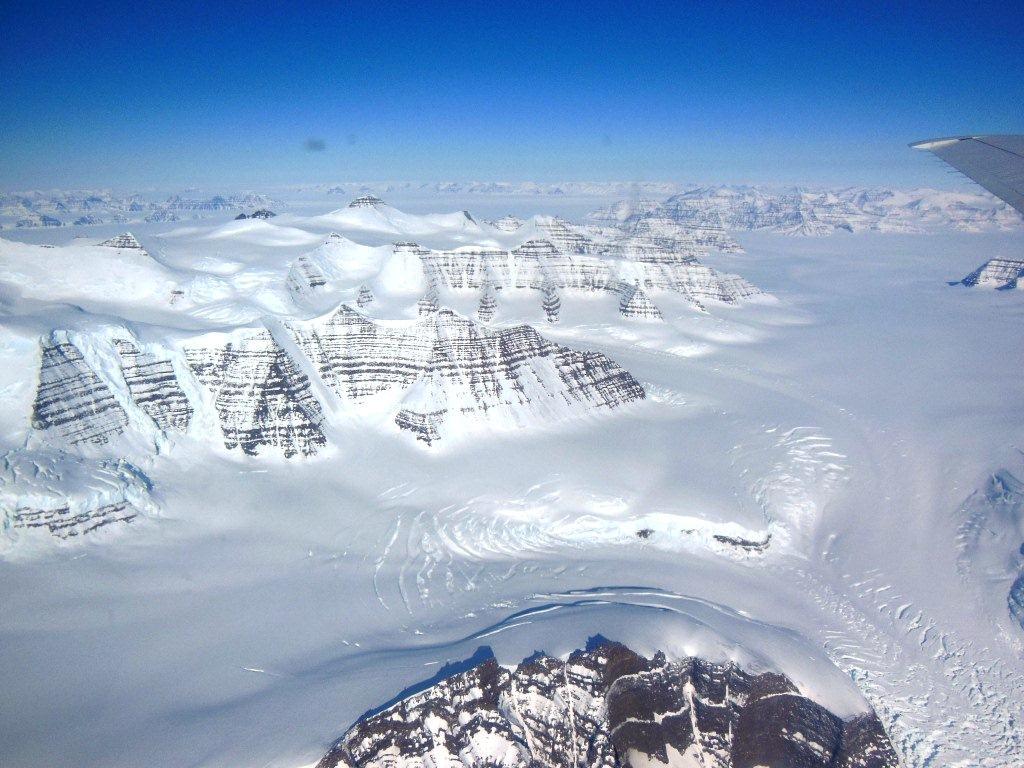
A glacier isn’t simply a mountain of ice that forms every year. They can actually take over a millennium to fully form. To understand the new research, it’s important to know more about glaciers.
According to the USGS, a glacier is a large, perennial accumulation of crystalline ice, snow, rock, sediment and often liquid water that originates on land and moves downslope under the influence of its own weight and gravity. The type of glacier is decided by its “size, location and thermal regime.”
Why Are the Glaciers Melting?

The reasons for the glaciers melting are almost purely man-made. Particularly since the Industrial Revolution, there has been a significant increase in ice melting.
Everyday 21st-century human life is a major factor. Transport, deforestation and the mining of fossil fuels are the producers of carbon dioxide, and greenhouse gasses are also the main cause of the rising temperatures causing the melting.
Rising Sea Levels Cause Decrease of Freshwater
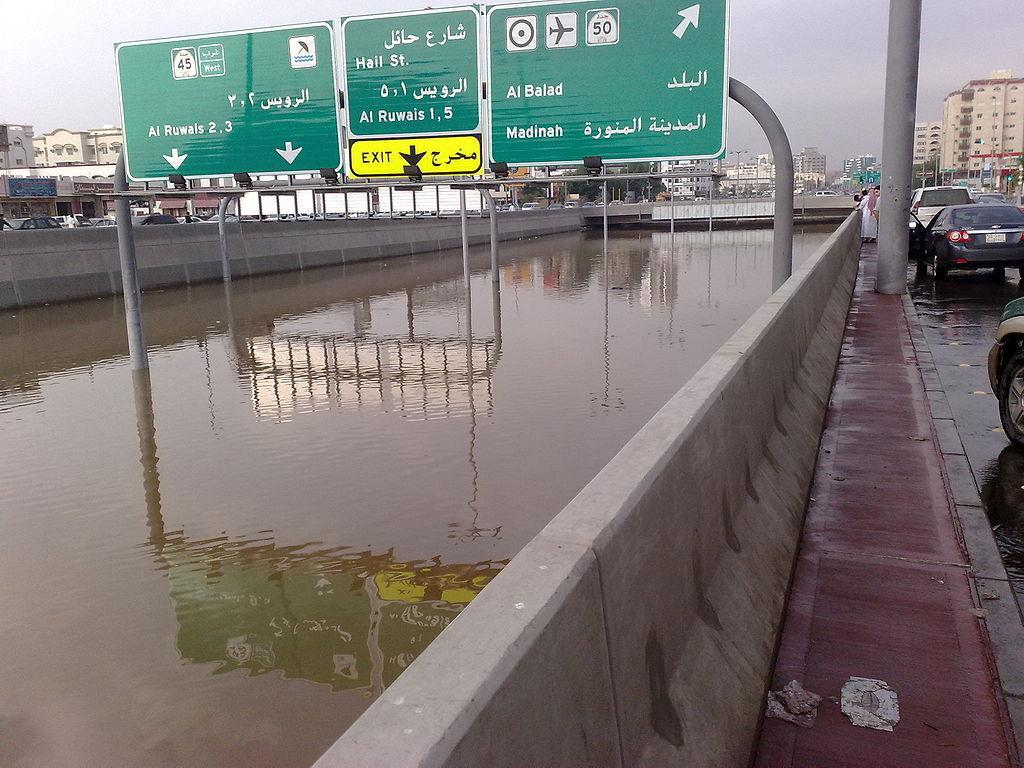
Locals of the Bailique Archipelago Islands in Brazil have resorted to catching rainwater due to saltwater invading their supply of fresh water from the Amazon River.
The Atlantic ocean rising into the Amazon River is causing brackish water that the locals cannot drink or use for cooking. To eat and drink they have to catch rainwater. Even fruit from trees are changing flavor as the seawater is making them saltier.
The Problems of Thinning Sea Ice
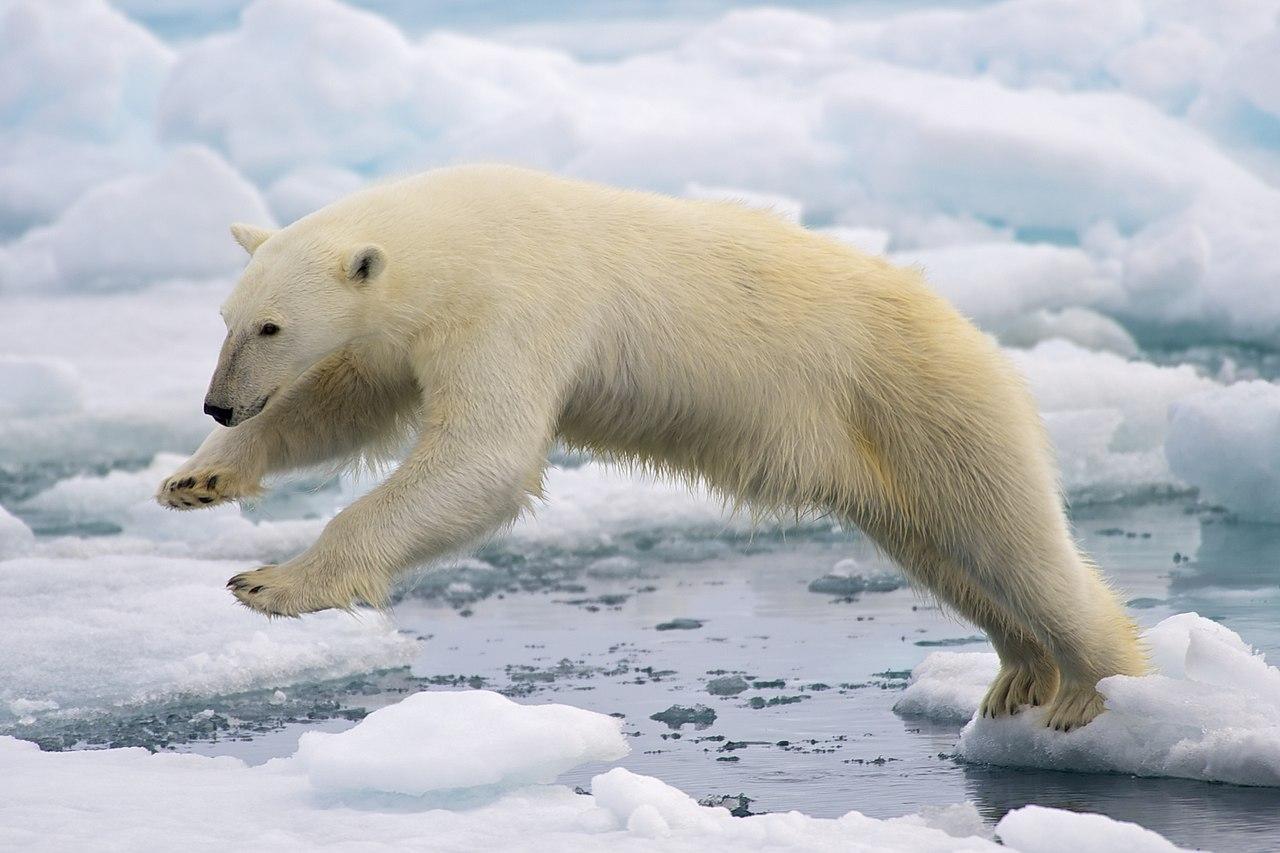
Sea ice is the ice which animals such as polar bears use to rest on after swimming looking for food. This ice used to be thick and plentiful, but in recent years, it has decreased.
As greenhouse gasses continue to rise, sea ice gets thinner, leaving nowhere for polar bears to rest. Luckily, research shows many polar bears are adapting, even being considered healthier than 30 years ago. However, according to the WWF, the bears are having to swim closer to human civilizations, posing a threat to themselves and humans.
Disappearance of Certain Species
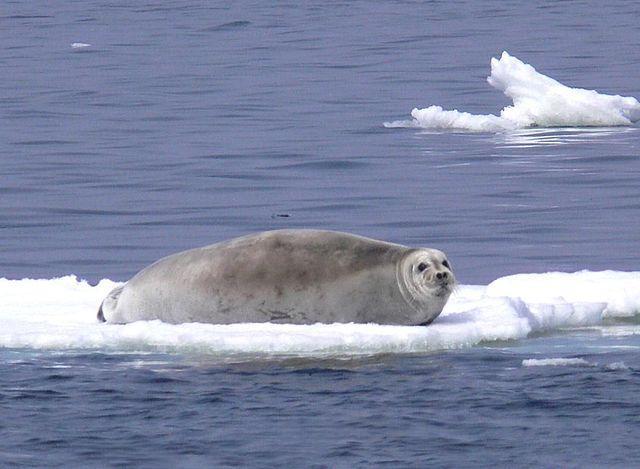
The melting glaciers don’t just affect humans living in coastal areas but also different animal species, causing them to go extinct.
The Red List of Threatened Species by the International Union for Conservation of Nature lists that out of 150,388 animals that are endangered, 42,100 are in the world’s oceans. Climate change is affecting those animals in the oceans and animals on land. Pollution, loss of habitats, invasive species and diseases are also a contributing factor.
Climate Change Solutions
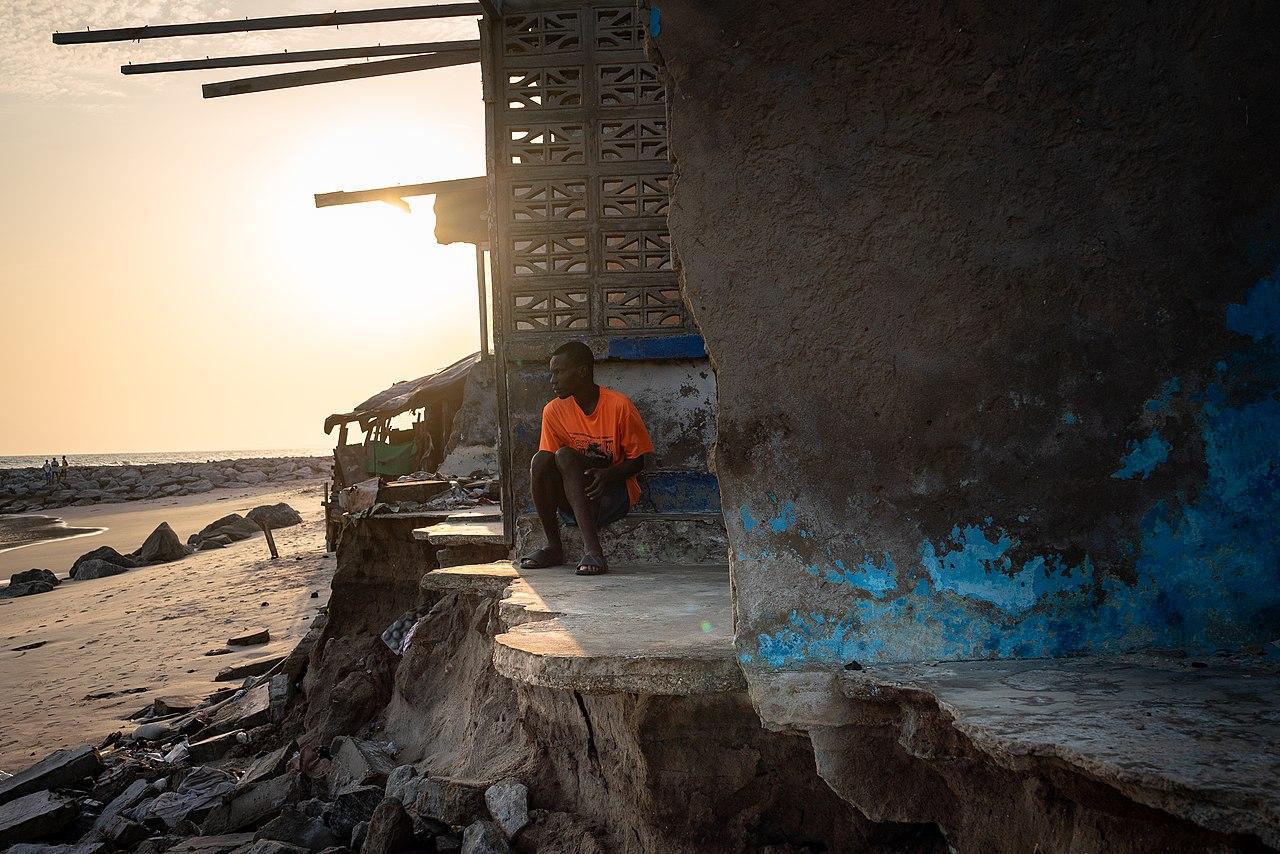
While it may seem that all hope is lost, there are some actions that everyone can take to help reduce the risks of climate change.
Transportation is a big factor, and by using more public transport, walking or cycling, you can help reduce greenhouse gasses. Eating a more plant-based diet can also help by using less fuel, land and water. By limiting your food waste, you’re saving money while not wasting the resources used to make the products.
The 3 R’s
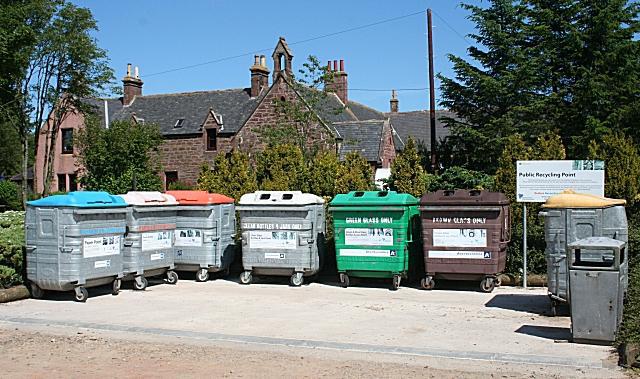
To help even more with climate change, you should focus on the 3 R’s: reduce, reuse and recycle.
This is a very simple and memorable way to help. Reduce the amount of waste you create by not buying unnecessary items. Reuse the things you already have. Why not create something new from an old piece of clothing you’d otherwise throw away? Recycle anything you can, making sure you check your local recycling rules.
What Are the World’s Governments Doing to Help

In 2015, 196 countries signed the Paris Agreement to help combat climate change.
This agreement means that the countries who signed have committed to lowering climate change and dropping their emissions. Countries such as the U.K., New Zealand and France have legally pledged to achieve net zero emissions by 2050. The world leaders have agreed to keep the global temperature rise below 2 degrees Celsius.
Climate Change Effects on Humans
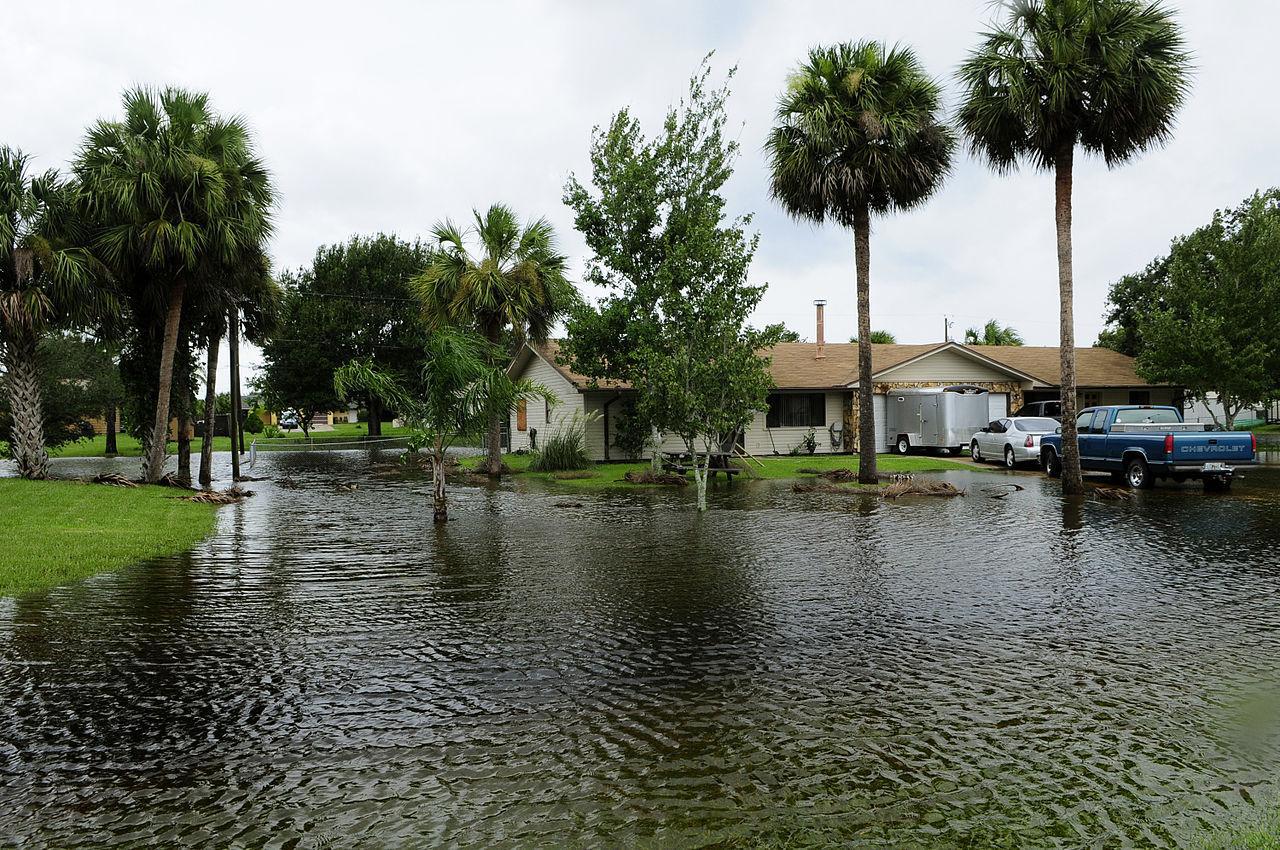
The temperature rise can cause all sorts of environmental issues that will affect everybody worldwide.
The World Health Organization claims that research shows 3.6 billion people already live in areas which will be and are already being affected by climate change. They also state that between 2030 and 2050, climate change could cause 250,000 deaths. Many climate emergencies are happening and will happen, such as heatwaves, tropical storms, hurricanes and wildfires. These crises will devastate many populations, especially those in poorer countries.
